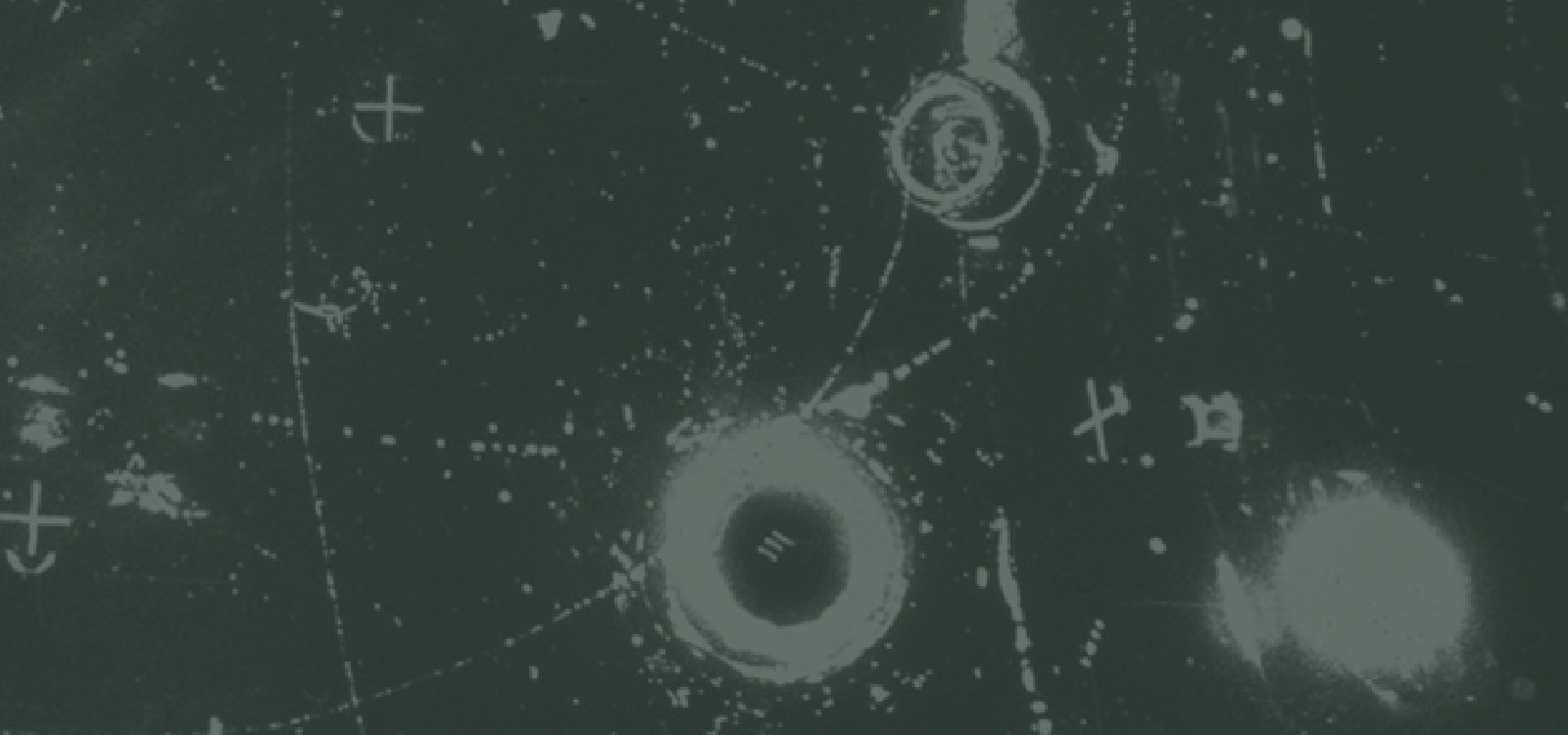
Arts at CERN Podcast
Hear the conversations to find out more about how art and physics collide at the home of the Large Hadron Collider.
This year marks the 10th anniversary of the first art residency organised by Arts at CERN and the beginning of the programme’s activities. The celebration of the 10th anniversary begins with the launch of the Arts at CERN podcast series that brings together artists and physicists who met at the Laboratory to shed light on some of the themes that inspire their scientific research and artistic practices. Together, the podcast guests will look back at the artist’s residency and the creative encounters that it facilitated within the vibrant CERN community.
Ten years ago, Julius von Bismarck was the first artist in residence at CERN. In his work, he explores the way humans perceive natural phenomena and experiments with scientific perspectives. Michael Doser is an experimental physicist at CERN with expertise in antimatter research. Together, they discuss the experience of artists at CERN, how physicists peer into the nature of reality and Julius’ upcoming commission for CERN’s Science Gateway, which is inspired by the possibility of a four-dimensional space.
The conversation is hosted by Mónica Bello, Curator and Head of Arts at CERN. Arts at CERN is made by Reduced Listening. The producer of this episode is Georgia Moodie, and the executive producer is Jack Howson.
Artist duo Semiconductor (Ruth Jarman & Joe Gerhardt) first came to CERN in 2015. During their time in the lab, they explored the material nature of our physical world and how we experience it through the lenses of science and technology. Joining them in conversation is theoretical physicist John Ellis, with whom they collaborated.
Together, they explore Semiconductor's artworks resulting from their research at CERN – the large scale installation HALO and the film The View from Nowhere – the use of data as artistic material, and the limits of scientific research.
The conversation is hosted by Ana Prendes, Communications and Content Producer at Arts at CERN. Arts at CERN is made by Reduced Listening. The producer of this episode is Georgia Moodie, and the executive producer is Jack Howson.
In 2020, artist and writer Rasheedah Philips received the Collide Award alongside Camae Ayewa as the collective Black Quantum Futurism. They completed a residency at CERN and Barcelona to further their multidisciplinary practice that weaves quantum physics with Afro Diasporic concepts of time. Joining in conversation is theoretical physicist Dorota Grabowska, who works in quantum field theory and met Rasheedah Phillips during their time in the lab.
Together, they discuss how quantum physics can transform our everyday understanding of time, Black Quantum Futurism’s residency project and exhibition CPT Symmetry and Violations, and how scientific work might impact physicists’ experience of time.
The conversation is hosted by Mónica Bello, Curator and Head of Arts at CERN. Arts at CERN is made by Reduced Listening. The producer for this episode is Georgia Moodie, and the executive producer is Jack Howson.
Rosa Menkman is an artist and researcher specialising in image processing and resolution theory. In 2019 Menkman won the Collide Award, which inspired her work into im/possible images. In this new research, she aims to find new ways to understand, use and perceive through and with our technologies. Joining in conversation is accelerator physicist Helga Timko. She works in the Large Hadron Collider operation team at CERN, the world’s largest particle accelerator, which is getting ready for its third run, called Run 3, after a period of major upgrades.
Together, they discuss how particle physics deals with the invisible, Menkman’s research on im/possible images, and the role that visual representation plays in our understanding of the world.
The conversation is hosted by Ana Prendes, Content Producer at Arts at CERN.
Over her forty-year career, artist Suzanne Treister has developed a large body of work that engages with unconventional bodies of research focusing on the relationship between new technologies, alternative belief systems and the potential futures of humanity.
As a winner of the Collide Award, Suzanne was in residence at CERN in 2018 and collaborated with theoretical physicist Alessandra Gnecchi, whose research focuses on supersymmetric theories and black holes. During her time in the Laboratory, Suzanne developed her project The Holographic Universe Theory of Art History. THUTOAH investigates the theory that our universe could be understood as a hologram and hypothesises that artists may have also been attempting to describe the holographic nature of the universe.
In this conversation, they talk about the science of black holes, the hypothesis of the Holographic Universe and how their collaboration at CERN helped to shape Suzanne’s art installation THUOAH. The conversation is hosted by Mónica Bello, Curator and Head of Arts at CERN.
Choreographer and dancer SU Wen-Chi was at CERN in 2016. Her time in the Laboratory marked a long-term engagement with physics, and it inspired the trilogy comprising Unconditional Love, Infinity Minus One and Anthropic Shadow. Joining in conversation is experimental physicist Támara Vázquez Schröder, who works at the ATLAS Experiment at the Large Hadron Collider.
In this conversation, they discuss the role of symmetries in fundamental physics and performance art, the process of creating new artworks by SU Wen-Chi after her residency at CERN, and how broken symmetries can explain the natural world. The conversation is hosted by Ana Prendes, Content Producer at Arts at CERN.


